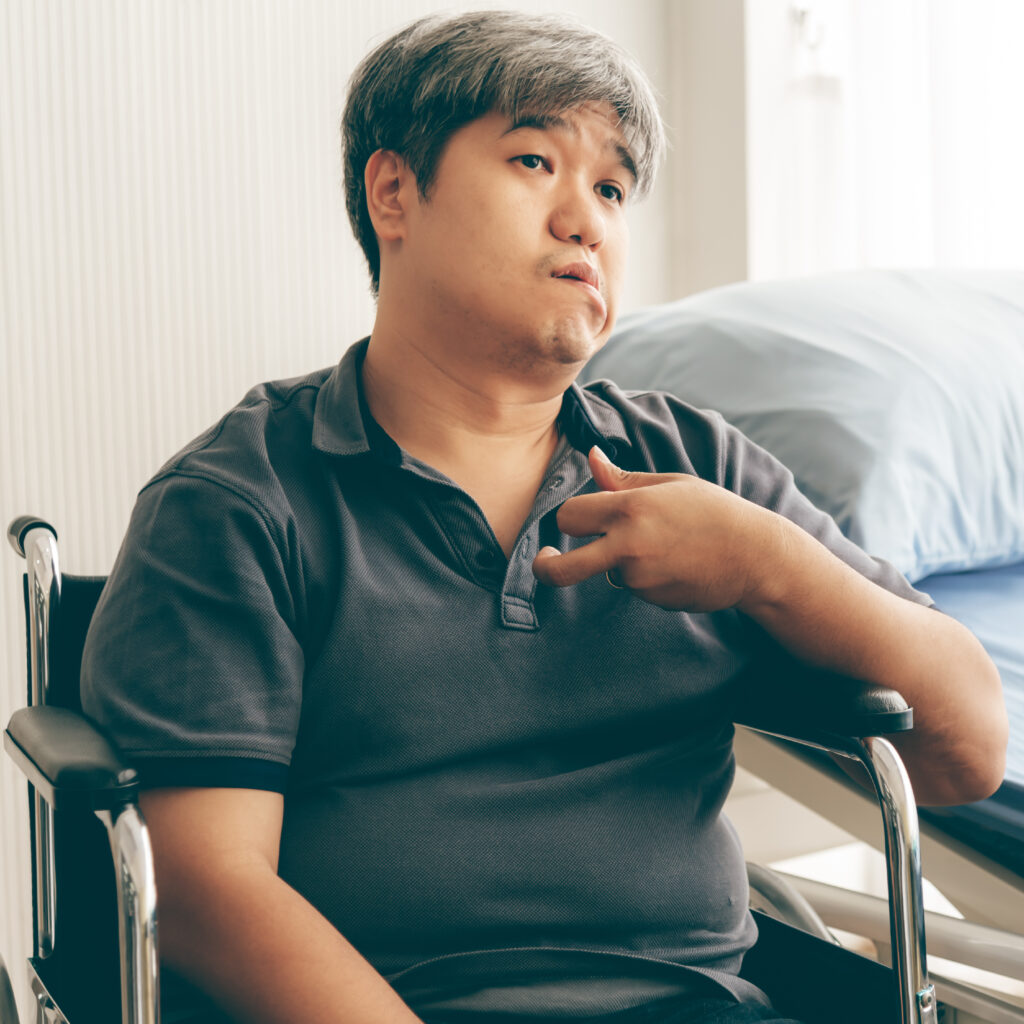Facial Palsy
Author
Thonburi Hospital
Date 24.02.2023

The characteristics of the disease show that symptoms often occur suddenly or immediately without prior warning. There may be one-sided eye pain since the affected eye cannot close completely when exposed to wind. Some individuals may experience drooling from one side of the mouth after eating. Subsequently, symptoms may progress to severe mouth drooping and inability to close the eye, making it visibly noticeable when the patient speaks, smiles, or blinks. In some cases, the symptoms can become severe to the point where the patient cannot move the corner of the mouth, close the eye, or raise the eyebrow.
Does the treatment of facial palsy yield good results?
It has been found that about 80-85% of patients achieve complete recovery, meaning the paralysis resolves and returns to normal. However, approximately 10-15% of patients may have signs of poor prognosis, including:
- Those with severe muscle paralysis that prevents any movement of the facial muscles.
- Those with underlying conditions such as high blood pressure.
- Those who experience pain in the facial area (excluding ear pain).
Patients treated with high-dose steroids within the first week of the onset of the disease often have a favorable recovery rate of up to 95%.
For further information, please contact the Brain Center at 1645, press 1, then press 7870.

